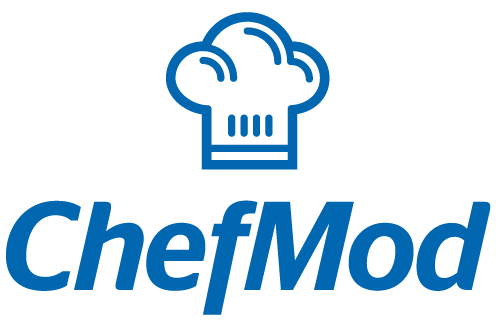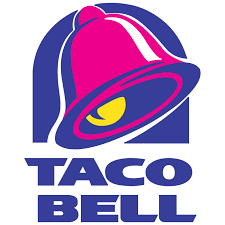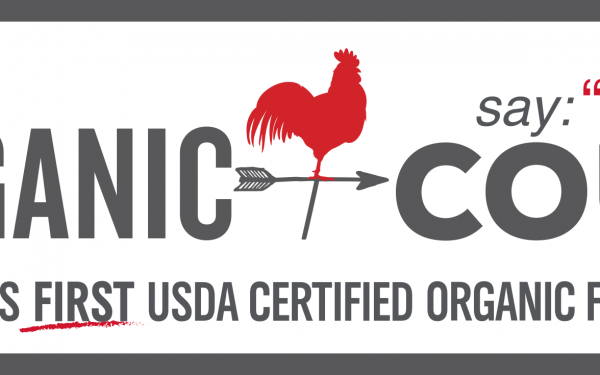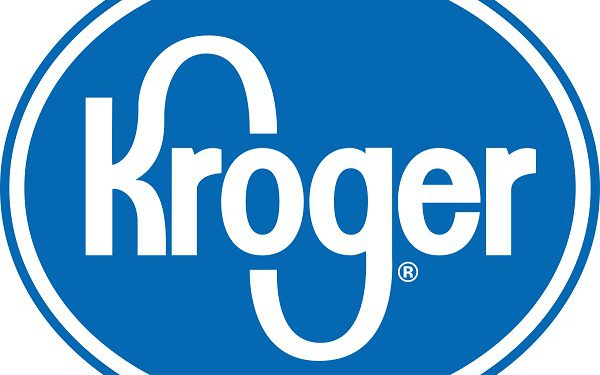Food Industry Responds to Consumer Demand Seeking a Reduction in Artificial Ingredients
In Michael Pollan’s Six Rules for Eating Wisely, warned against consuming foods that our great-great-great grandmothers wouldn’t identify. Well, this is easier said than done.
While a 2015 Nielsen survey shows that a large number of Americans want fresh, natural, and modestly processed foods, Azodicarbonamide (yoga mat chemicals) has been discovered in almost 500 food products. Yet, the trend is changing as fast food chains, fast casual restaurants and even multinationals are responding to pressure from consumers, especially from Millennial demanding food made without artificial ingredients.
In 2013, industry leader Chipotle became the first restaurant chain to identify which items on their list contained genetically modified (GM) ingredients. Today, the company is currently working on enhancing their tortilla to remove propionic and benzoic acid, the two preservatives used to inhibit the growth of mold and bacteria. In the way, by the end of 2016, bakery chain Panera Bread will eradicate all artificial preservatives, sweeteners, colors, and flavors stated on their ‘No No’ list. Some of the examples are; aluminum potassium sulfate, nitrates and nitrites, and titanium dioxide (used to add brightness to cheese).
Faced with lagging sales, fast food chains are making changes to prevent falling further behind. Taco Bell will remove artificial preservatives and additives “where possible” by the end of 2017 while McDonald’s has reduced the number of ingredients in its grilled chicken breast from 18 to 12. Multinationals such as General Mills and Kraft are also following suit, with the cereal brand planning to use fruit and vegetable juices instead of green and blue dyes in Trix. Starting in 2016, Kraft macaroni and cheese eaters will see annatto seed and paprika extract replace Yellow No. 5 and 6.
As industry standards for transparency in the supply chain continue to evolve, consumers can consult the Environmental Working Group’s Food Scores database for information on nutrition, ingredient, and processing concerns in more than 80,000 foods.
Source: FoodTank
Posts from the same category:
- Millennials Are Turning The Food Industry On Its Head
- Healthy and Tasty: The First USDA-Certified Organic Fast Food Restaurant in the United States
- The First Fast Food Chain in Line to Use Cage-Free Eggs Was the Least Expected
- Which is more important: Local or organic sourced foods?
- USDA Releases Data that Reveals a Positive Future for Organic Food





